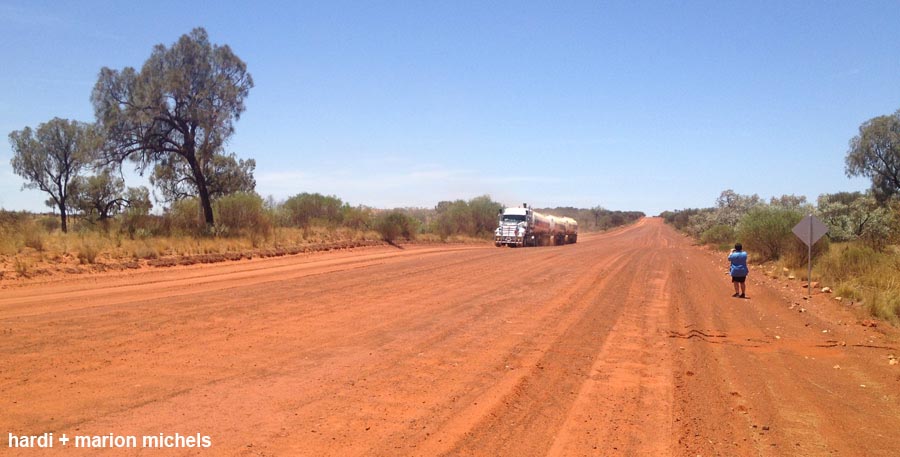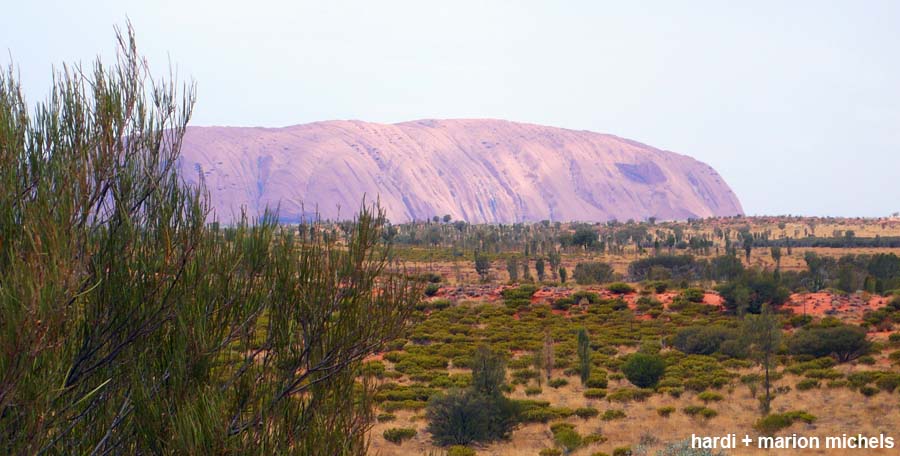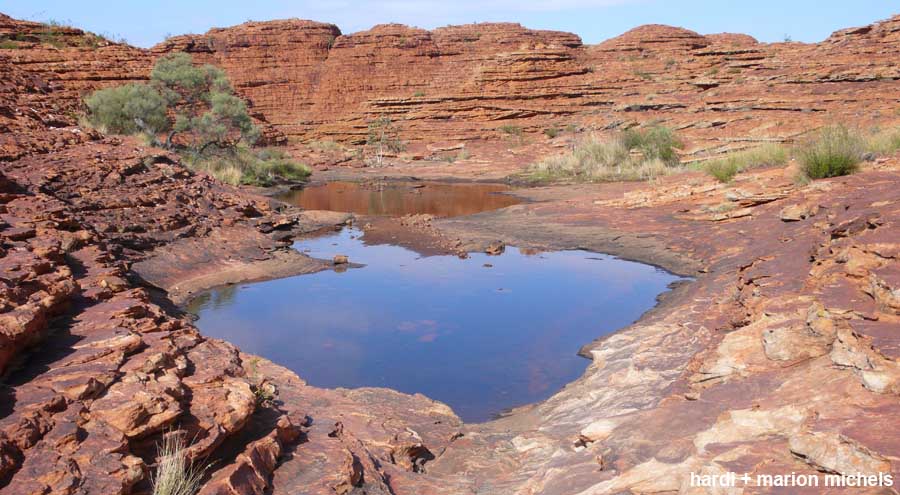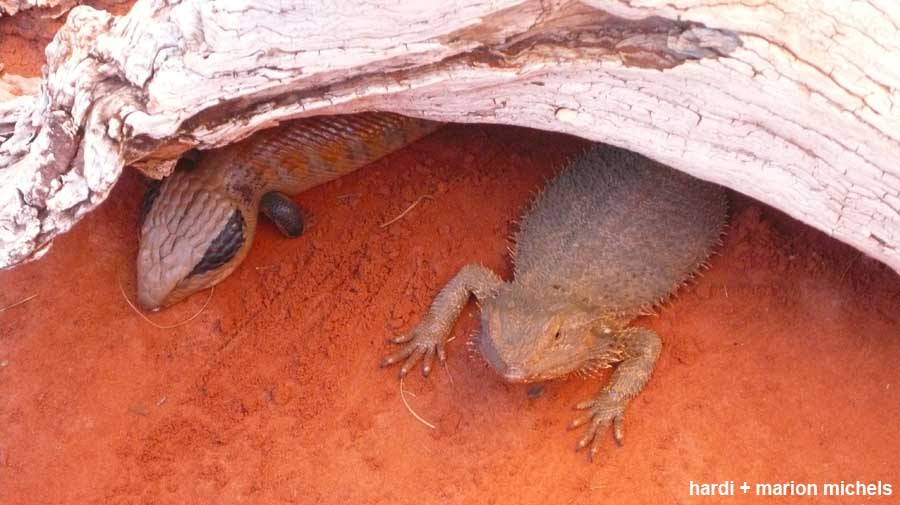
Stuart Highway
The "Red Center" of Australia is accessed by the Stuart Highway, which connects Adelaide in the south with Darwin in the north. The Stuart Highway begins in Port Augusta, a small town around 300 km north of Adelaide. The city of Alice Springs is located approximately in the middle, from here it is around 1,300 km to Darwin and Adelaide. Alice Springs is located in the Northern Territory and is a good starting point for tours into the outback. If you want to save yourself the long journey on the Stuart Highway, you can also fly to Alice Springs. Those arriving by rental car should fill up at every petrol station, have plenty of water with them and avoid driving at night. The route is monotonous and kangaroos bounce over the street at night. The Stuart Highway is completely aspahalted and in good condition.
The Stuart Highway was named after the explorer John McDouall Stuart, who crossed the continent from Adelaide to Darwin and back. He started in 1858 and returned to Adelaide in 1862. The surveyor made his way from billabong to billabong and only continued to travel when he found a new water source. The aim of his expedition was to lay a telegraph line through the continent. Australia was not yet connected and the telegraph line ended in Indonesia at that time. Telegraph stations were built along the route because at that time it was only possible to morse 300 km. Alice Springs is one of those old stations. The Alice Springs Telegraph Station is now one of the city's attractions and is located about 3 km north of the center on the Todd River.

Uluru
The Uluru is a sandstone rock in the middle of the flat plain. The red rock is a sacred place of the Anangu Aborigines because many dream time paths of indigenous people are bundled here. Every cave and every water hole has a mytological meaning for the Aborigines. In 1985 the Australian government returned the sacred mountain to the indigenous people, and since then it has been called Uluru again. The British explorers named the mountain Ayers Rock in 1873 after Sir Henry Ayers, then Prime Minister of South Australia. Ayers Rock was the symbol of Australia and every year thousands of tourists climbed the famous red rock.
The Uluru dominates the Sinifex plain by around 348 m, the summit is at an altitude of 863 m. Climbing the mountain is no longer permitted since October 2019. The indigenous people were able to assert themselves against the interests of the tourism industry. Circumnavigating the mountain on a 9 km long path, the Uluru Base Walk is still allowed.
The Uluru is around 430 km from Alice Springs, in the village of Yulara there are hotels and other accommodation options.

Kata Tjuta
Kata Tjuta means "many heads" in the Anangu Aboriginal language. The British explorer Ernest Giles named the 36 rounded mountain tops in 1873 The Olgas. The unusual name goes back to his sponsor, the German baron Ferdinand von Müller, who wanted to name the mountains in hounour of the Queen of Württemberg. Olga Nikolajewna Romanowa was the daughter of Tsar Nikolaus I and from 1864 Queen of Württemberg.
The highest peak is the 1072 m high Mount Olga. This mountain range is also sacred to the indigenous people because water gathers in its numerous gorges and there is an unusually lush vegetation in the valleys. The Valley of the Winds circular trail, around 8 km long, takes you past the most beautiful places in Kata Tjuta. The Olgas are located like the Ayers Rock in Uluru-Kata-Tjuta National Park. Both mountains are around 30 km apart and were formed around 600 million years ago by erosion of the surrounding rock layers.

Alice Springs Desert Park
Because of the enormous heat in the "red heart" of Australia, most animals stay in the shade during day time. It takes a lot of luck and patience to discover the well-camouflaged creatures. Because of the highly poisonous snakes, you should avoid turning stones in the outback. A visit to Alice Springs Desert Park is easier and less dangerous, where you can watch the animals in the area. There are red kangaroos, gerbils, spiders, snakes, lizards and birds. The Desert Park is also home to many native plants.
The Alice Springs Reptile Center is located right in the city center. As the name suggests, you can watch reptiles. In addition to geckos, lizards and snakes, the Reptile Center even offers a crocodile.
871 Larapinta Dr, Alice Springs
https://alicespringsdesertpark.com.au
Map Alice Springs - Uluru
ads
Travel Guide Australia
ads
ads


